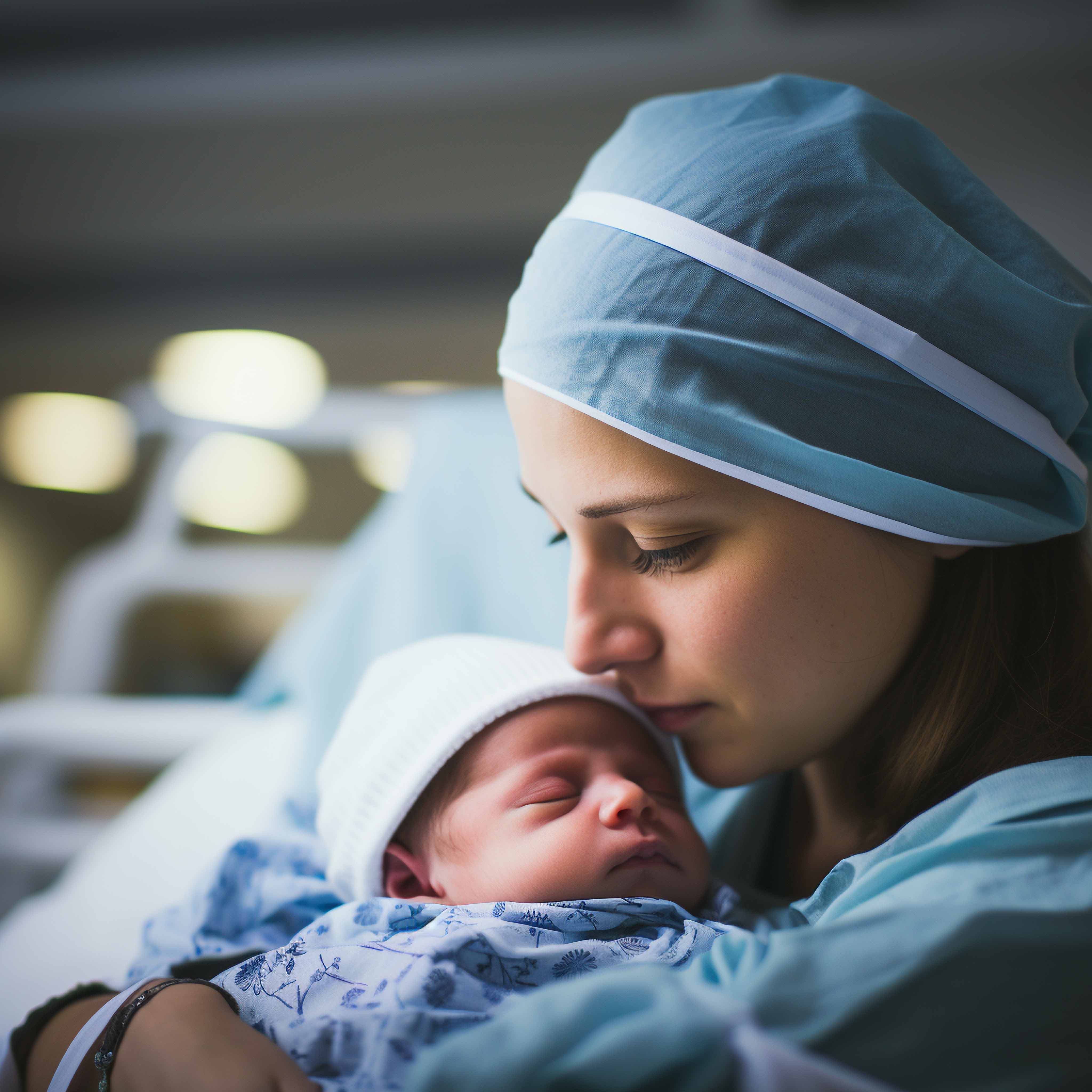Typical base-cycle fees ~₹1.5–₹2.8 lakh (USD ≈1,800–3,400) excluding add-ons. Services include IVF/ICSI, donor programs, freezing, and genetic testing. Reported success rates ~35–50% per transfer (age/diagnosis dependent). MediHeal coordinates opinions, quotes, visas, travel, and follow-ups.
Treatment Guide
IVF and Fertility
In vitro fertilization (IVF) in India offers advanced fertility care, transparent pricing, and coordinated travel support—making it a compelling option for international patients partnering with MediHeal International.


Quick Answer
Who Needs IVF and Fertility
- Tubal factor, severe male factor (ICSI), endometriosis, anovulation, diminished ovarian reserve, or unexplained infertility.
- Couples/individuals who have not conceived with timed intercourse, IUI, or basic treatments and seek higher success options.
- Patients prepared for multiple cycles to improve cumulative success and who accept realistic outcome counseling.
Why Choose India
- Experienced reproductive specialists, embryology labs with digital planning and quality controls.
- Significant savings (often vs. Western pricing) with fast scheduling and clear packages.
- Comprehensive programs: IVF/ICSI, donor oocytes/sperm, embryo freezing, PGT; international patient desks for coordination.
How MediHeal International Helps
- Center matching by age/diagnosis (e.g., male factor → ICSI-strong labs; advanced age/PGT needs → genetics-enabled labs).
- Itemized quotes (base vs add-ons), medication planning, and calendar mapping to minimize time in-country.
- Full logistics: medical visas, airport transfers, accommodation, interpreters, and tele-follow-ups.
Types of IVF
- IVF (Conventional)— Fertilization in lab after egg retrieval; single-embryo transfer preferred.
- ICSI— One sperm injected into each mature egg—useful for severe male factor/prior failed fertilization.
- Donor Programs— Donor eggs/sperm per eligibility and clinic policy; higher success in select cases.
- Embryo Freezing (Vitrification)— Store surplus embryos for FET cycles; supports multi-cycle planning.
- PGT (Genetic Testing)— Screen embryos when clinically indicated; adds cost and lab steps.
The Surgical Journey
Pre-arrival
- Remote review of prior cycles, AMH/FSH, AFC, semen analysis, ultrasound, and medical history.
- Receive written plan with protocol (antagonist/agonist), medications, monitoring schedule, and cost breakdown.
Stimulation & Monitoring (10–14 days)
- Gonadotropins ± antagonists; serial scans and labs to time trigger.
- Lifestyle guidance and medication adherence to optimize oocyte yield/quality.
Retrieval & Lab
- Egg retrieval (sedation/anaesthesia), sperm prep; IVF or ICSI performed; embryos cultured to day 3–5.
- Discuss fresh transfer vs freezing strategy based on labs, lining, and risk profile.
Transfer & Two-Week Wait
- Single-embryo transfer is standard to reduce multiples; luteal support medications as prescribed.
- β-hCG blood test after ~10–14 days; if positive, early viability scans follow.
Recovery Timeline
After Retrieval
Cramping/bloating for 24–72 hours; light activity and fluids recommended.
After Transfer
Routine daily activity allowed; avoid intense exertion until test; continue prescribed meds.
FET Trip
Often 5–10 days in-country depending on protocol and lining preparation.
Benefits to Expect
- Access to comprehensive IVF/ICSI and lab capabilities with transparent pricing.
- Option for multi-cycle planning, embryo banking, and FET to improve cumulative success.
- Coordinated travel reduces friction for international patients and companions.
Risks & Complications
General Risks
- OHSS (now less common with modern protocols), multiple pregnancy, procedural discomfort/bleeding, ectopic pregnancy, and emotional stress.
- Medication side effects (bloating, mood changes); rare anaesthesia risks during retrieval.
Revision Risk
- Prefer single-embryo transfer to reduce twins; use accredited labs with transparent QC and embryology reporting.
- Evidence-based use of add-ons (e.g., PGT) when clinically indicated; thorough counselling on realistic outcomes.
Cost & Inclusions
Indicative Costs
- Base cycle usually covers consults, scans, stimulation, retrieval, lab work, and one fresh transfer.
- Add-ons (ICSI/PGT/donor gametes/freezing/FET) materially change totals. Always request itemized quotes (with meds).
* Final quote after clinical evaluation; varies by implant, technique (e.g., robotics), hospital accreditation, city, and length of stay.
Travel & Visa Essentials
- Plan ~2–3 weeks for a fresh cycle (stimulation to transfer). FET trips are often 5–10 days.
- International patients generally use a medical visa; documents typically include passport, medical reports, and hospital invitation.
Preparing for Surgery
- Update tests: AMH/FSH, AFC ultrasound, STD screen; semen analysis and infectious disease panel.
- Optimize weight, sleep, nutrition; stop smoking/alcohol excess; take folic acid as advised.
- Align travel dates with stimulation windows; arrange stay near the clinic and plan for follow-ups.
Rehabilitation Focus
- Medication adherence (luteal support), follow-up labs and scans, mental health support as needed.
- If negative, review cycle data and consider FET or protocol modifications; if positive, arrange ongoing antenatal care.
Frequently Asked Questions
What is the average chance of success per cycle?
Around 35–50% per transfer depending on age and diagnosis; donor eggs can increase rates.
How many days are needed for a fresh cycle?
Typically 10–14 days of stimulation plus retrieval and a day-5 transfer; allow 2–3 weeks total.
What raises total cost the most?
PGT, donor gametes, multiple FETs, and higher medication doses; request itemized quotes with meds included.
Can treatment be split into two trips?
Yes—retrieve and freeze embryos in trip 1, then return for FET in trip 2 (often 5–10 days).